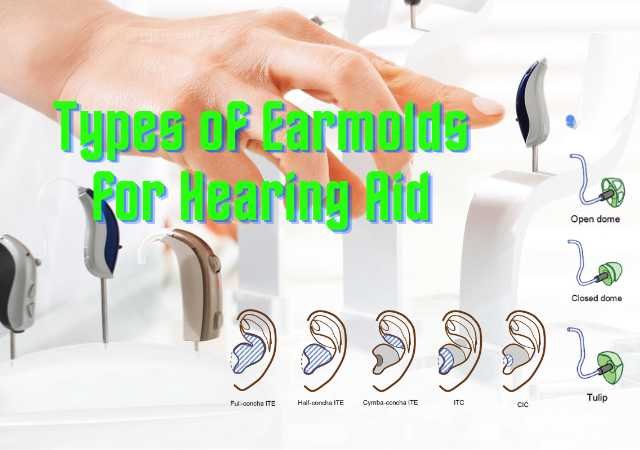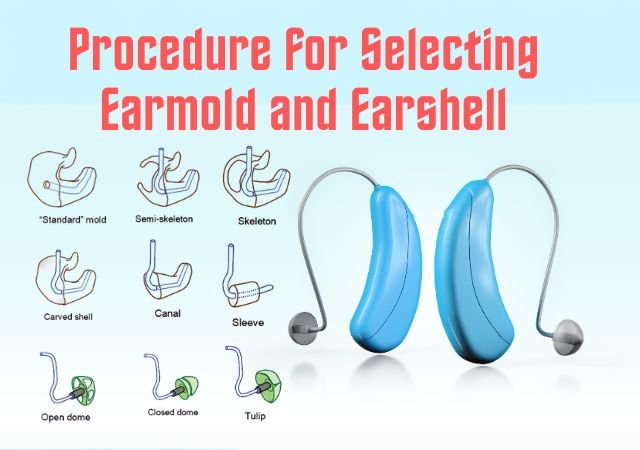Functional (Non organic) Hearing Loss or Pseudohypacusis: Functional hearing loss involves a psychological or emotional problem, rather than physical damage to the hearing pathway. Individuals with this type of hearing loss do not seem to hear or respond; yet, in reality, they have normal hearing. The most important challenge for physicians is to classify this condition properly. It may be difficult to determine the specific emotional cause, but if the classification is made accurately, the proper therapy can begin.
Many terms have been used to describe a hearing loss that appears greater than can be explained on the basis of pathology in the auditory system. The most popularly used terms in the literature today are “nonorganic hearing loss,” “pseudohypacusis,” and “functional hearing loss.” Such terms as “psychogenic hearing loss” and “malingering” imply the motivation behind the behavior, may be oversimplifications, and certainly may not be describing the same phenomena.
Incidence and Prevalence of Functional Hearing Loss
- According to some reports, the incidence of NOHL ranges from 1% to 12% (e.g., Barr, 1960; Doerfler, 1951). The validity of these percentages may be questionable because of lack of consensus regarding the criteria used in arriving at a diagnosis (Broad, 1980).
- Prevalence rates of NOHL are reported at approximately 5% to 7% (Hopkins, 1973; Rintelmann & Harford, 1963) .
Functional Hearing Loss in Adult
A number of factors may encourage some persons either to feign a hearing loss that does not exist or to exaggerate a true hearing loss. One of these factors is financial gain. Certainly, a significant amount of stress around the world is attributable to economics and the economic upheavals in more recent years have only exacerbated this. The very threat of the loss of income may drive some individuals to acts of “questionable honesty” that they might not otherwise consider.
Functional Hearing Loss in Children
A number of case reports of nonorganic hearing loss in children appear in the literature dating back to 1959 when Dixon and Newby (1959) reported on 40 children between the ages of 6 and 18 years with nonorganic hearing loss. Despite claimed hearing losses, 39 of these children were able to follow normal conversational speech with little difficulty.
Causes of Functional Hearing Loss
A good case history can be quite helpful in determining the cause and nature of Pseudohypacusis; it can help the audiologistdetermine whether it is a transient, isolated event or the manifestation of a more severe underlying problem. Some events in a child’s life that indicate that the hearing loss may be nonorganic include:
- Recent history of the real related problem (e g., Otitis externa or media ),
- Transfer new school ,
- Recently falling grades,
- Poor relationships with parents and /or family member ,
- A recent dealth in the family ,
- A new baby in the family,
- Poor peer relationships .
Indications of Functional Hearing Loss
- Common Symptoms:
- Lip reading
- Exaggraete the behaviours
- Cupping a hand over one ear
- Non-organic hearing loss may also constantly ask for repetition and clarification
- The Nontest Situation:
- The source of referral will suggest the possibility of nonorganic hearing loss.
- A case history is always of value, but it is particularly useful in compensation cases.
- The Test Situation:
- During the hearing examination, the patient with nonorganic hearing loss is frequently inconsistent in test responses.
- A certain amount of variability is to be expected of any individual; however, when the magnitude of this variability exceeds 10 dB for any threshold measurement one must consider the possibility of nonorganic behavior.
- The Audiometric Configuration
- A number of authors have suggested that an audiometric pattern emerges that is consistent with nonorganic hearing loss.
- Some have described this pattern as a relatively flat audiogram showing an equal amount of hearing loss across frequencies.
- Others have suggested that the “saucer-shaped audiogram” similar to a supraliminal equal loudness contour is the typical curve illustrating nonorganic behavior although these saucer-shaped audiograms can certainly occur in true organic hearing losses.
- This configuration may actually be fairly infrequent in nonorganic hearing loss and the saucer audiogram seems to have limited use in identifying nonorganic hearing loss.
- Test–Retest Reliability
- One indication of nonorganic behavior is the lack of consistency on repeated measures.
- Counseling the patient aboutinaccuracies may encourage more accurate responses; however, if this counseling is done in a belligerent way it can hardly be expected to increase cooperation.
- The Shadow Curve
- It may seem advantageous to a patient feigning a hearing loss to claim that loss in only one ear.
- Appearing to have one normal ear is convenient because individuals need not worry about being “tripped up” in conversation by responding to a sound that is below their admitted thresholds.
- In this way all hearing can appear to occur in the “good ear” and the claim can be made that hearing is nonexistent in the “bad ear.” Normal activities can be carried on for the unilaterally hearing-impaired individual without any special speechreading abilities.
- SRT and Puretone Average Disagreement
- The SRT is generally expected to compare favorably with the average of the lowest two of the three thresholds obtained at 500, 1,000, and 2,000 Hz.
- Lack of agreement between the puretone average (PTA) and the SRT in the absence of explanations
such as slope of the audiogram or poor word recognition is symptomatic of nonorganic hearing loss. - Carhart (1952) was probably the first to report that in confirmed cases of nonorganic hearing loss the SRT is lower (better) than the PTA with this SRT/PTA discrepancy present in the majority of patients with nonorganic hearing loss.
Assessment of Functional Hearing loss
- Objective assessment
- Otoacoustic emissions
- Auditory Evoked Potentials
- Tympanometry
- Acoustic reflex
- Electrodermal (psychogalvanic shin response) Audiometry
- Subjective assessment
- Variable intensity pulse count method
- Yes-No method
- PTA
- SRT
- Stenger test
- Lombard Reflex Test
- Delayed audiotory feedback tests
References:
⇒ Handbook of Clinical Audiology – Jack Katz (Book)
⇒ Introduction to Audiology – Frederick N.Martin (Book)
⇒ Essentials of Audiology – Stanley A. Gelfand, PhD (Book)
You are reading about:
Functional (Non organic) Hearing Loss or Pseudohypacusis







0 Comments